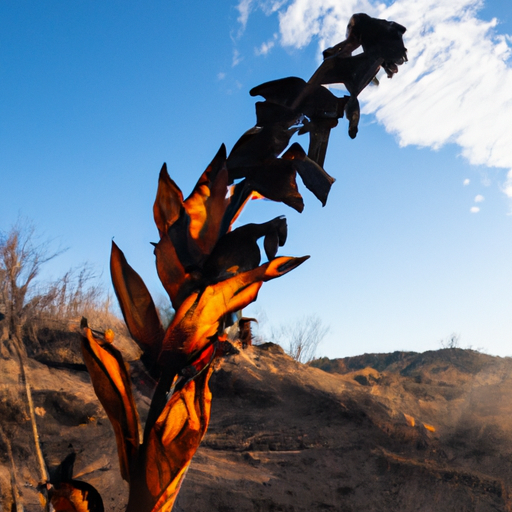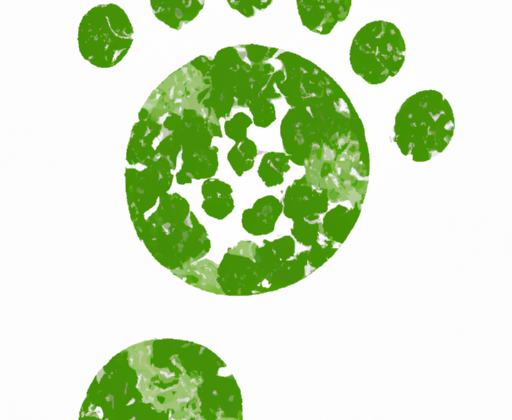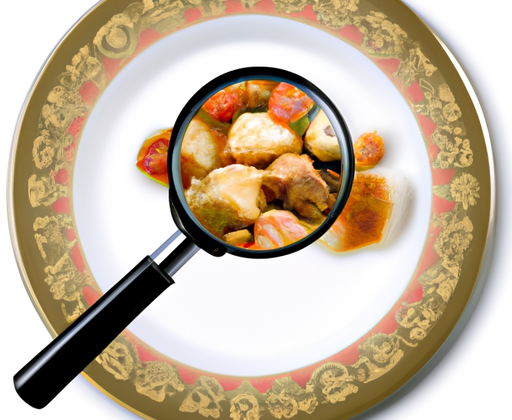Hello there, climate change is messing with our food!
Hey guys, it’s your friendly neighborhood blogger here to talk about climate change and how it’s affecting the food we eat. First off, let’s define climate change. It’s the long-term alteration of temperature and typical weather patterns in a place. It’s mostly caused by human activities, like burning fossil fuels, deforestation, and agriculture.
Now, how does this affect what’s on our plates? Well, climate change is making it harder to grow certain crops because of changes in temperature, rainfall patterns, and severe weather events like hurricanes and floods. This can lead to food shortages, higher prices, and lower quality food.
Oh boy, we’ve got some major problems with food and climate change
So, as we talked about earlier, climate change is starting to really mess with our food production. It’s a big problem, and one that we need to take seriously. Here are some of the big issues:
Changes in growing seasons
One of the biggest problems with climate change is that it’s messing up our growing seasons. Some places are getting too hot, and others are getting too cold. This means that crops are either not growing properly, or they’re growing at the wrong time. This can seriously mess with our food supply, and it’s happening all over the world.
Droughts and increased temperatures
In some places, climate change is causing droughts and increased temperatures. This means that crops are getting too dry and too hot, which can seriously hurt their growth. These conditions can also increase the risk of wildfires, which can further damage crops and land. This is a major problem in many parts of the world, including the western United States and parts of Africa.

Another major problem with climate change is rising sea levels and flooding. This can cause serious damage to coastal communities, and it can also damage crops and fields. Floods can wash away crops, or they can leave them too waterlogged to grow properly. This is a problem that is affecting many coastal areas around the world.
Solutions to Tackle Climate Change and Food Security
Aight, so we all know climate change is an issue that affects our food supply. But what are some solutions we can explore? Here are a few ideas:
Firstly, we need to consider technologies to mitigate climate change. I’m talking about clean energy sources, carbon capture and storage, and sustainable agricultural practices like precision farming. These can all help reduce the amount of greenhouse gases we emit into the atmosphere.
Secondly, we can’t just rely on mono-cropping. Let’s diversify our crops so that we have more resilient food systems. Growing a variety of crops can help to buffer against climate extremes, as well as give us different sources of nutrients.
Thirdly, let’s improve our soil quality. Using techniques like crop rotations, no-till farming and adding organic matter can help to keep our soils healthy. This will in turn lead to better crop yields and improved food security.
Of course, implementing these solutions won’t be easy. It’s going to take a lot of investment and changes to our current practices. But if we want to ensure we have a healthy food supply for future generations, we need to start taking action now.
Wrapping It Up: The Future of Food Security
Well folks, we’ve covered a lot of ground in this blog post. From the definition of climate change to examining how it affects food, we’ve explored the various problems it poses to food security, and delved into some possible solutions.
So, what are the key takeaways? It’s clear that climate change is having a significant impact on food production and security around the world. The changes in growing seasons, increased temperatures, and flooding resulting from rising sea levels and changing weather patterns all contribute to an uncertain future.
But, it’s not all bad news. By implementing technologies to mitigate climate change, increasing crop diversification, and improving soil quality, we can create a more stable food system.
All of these solutions are actionable and within reach. In fact, there are plenty of everyday things we can do to help. Whether it’s reducing our carbon footprint or supporting sustainable agriculture practices, each of us has a role to play in securing the future of our food supply.
So let’s commit to making small changes that add up to big results. Check out this resource for more information on how we can all work together to create a more resilient and sustainable food system. It’s up to us to take action now to secure a healthy and equitable future for all.

